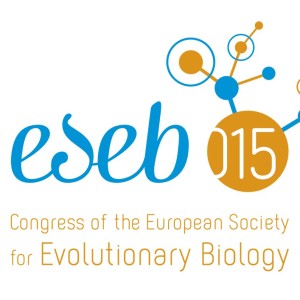Are there races and subspecies in humans?
– Catarina Lopes, High school teacher
Author: Hannah Mumby
PhD
University of Sheffield
Answer:
Two things I love about humans are that we are diverse and we are still uncovering so much about human evolution. Your question gets to the heart of both! “Race” is a difficult term because it is a social classification with a terrible history and at times biology has been used to back it up. But if we strip that away and just look at whether most human genetic variation lies within or between populations (that we once might have called races), it’s clear that all humans are very similar, with 94% of variation within groups, so if you took a person from Switzerland and compared them with another Swiss person and a Chinese person, they might actually have more similarities with the Chinese person than the person from their own country. There are some interesting trends between populations though, for example a lot of northern Europeans and pastoralist Africans have genes that allow them to digest milk as adults, because milk became an important part of the diet in those places. So the answer is humans are very similar across the world, but we also show some diversity at the population level. I think a lot of what we see as diversity between human populations is not just biological though, it’s a whole range of different cultures that help us to live in almost every environment in the world; we’re pretty tough creatures!
As for the second part of your question, yes, there are different species of human, but we are the only ones living now. It is important to note that none of the population-level differences I described go anywhere close to suggesting that there are distinct subspecies of humans alive today. I think we are just very adept at spotting differences between ourselves, such as in facial features, which could be because we are very visual animals. Although these traits appear to be very striking, they reflect only a very small amount of genetic difference. I do think that recent findings show the substantial amount of breeding modern humans did with Neanderthals and with the Denisovans, and the discovery of Homo floresiensis (the “Hobbit”) highlight that we have not been the only humans on the planet for very long. Perhaps as little as 13,000 years. And you never know you might be carrying some of those Neanderthal genes with you today!
Additional literature suggested:
“American Anthropological Association Statement on “Race””. Aaanet.org. 1998-05-17. Retrieved 2015/07/20
Tishkoff SA, et al. Convergent adaptation of human lactase persistence in Africa and Europe. Nature Genetics 39, 31-40 (2007). or https://www.ucl.ac.uk/mace-lab/gallery/lactase
Brown P, Sutikna T, Morwood MJ, Soejono RP, Jatmiko,Wayhu Saptomo E, Awe Due R. A new small-bodied hominin from the Late Pleistocene of Flores. Indonesia. Nature 431: 1055–1061 (2004) or http://humanorigins.si.edu/evidence/human-fossils/species/homo-floresiensis.
Sankararaman S, Patterson N, LiH, Pääbo S, Reich D. The date of interbreeding between Neandertals and modern humans. PLoS Genetics 8, e1002947 (2012).
Huerta-Sanchez, Emilia et al. (2014). “Altitude adaptation in Tibetans caused by introgression of Denisovan-like DNA”. Nature 512: 194–7.doi:10.1038/nature13408. PMID 25043035.

Leave a comment